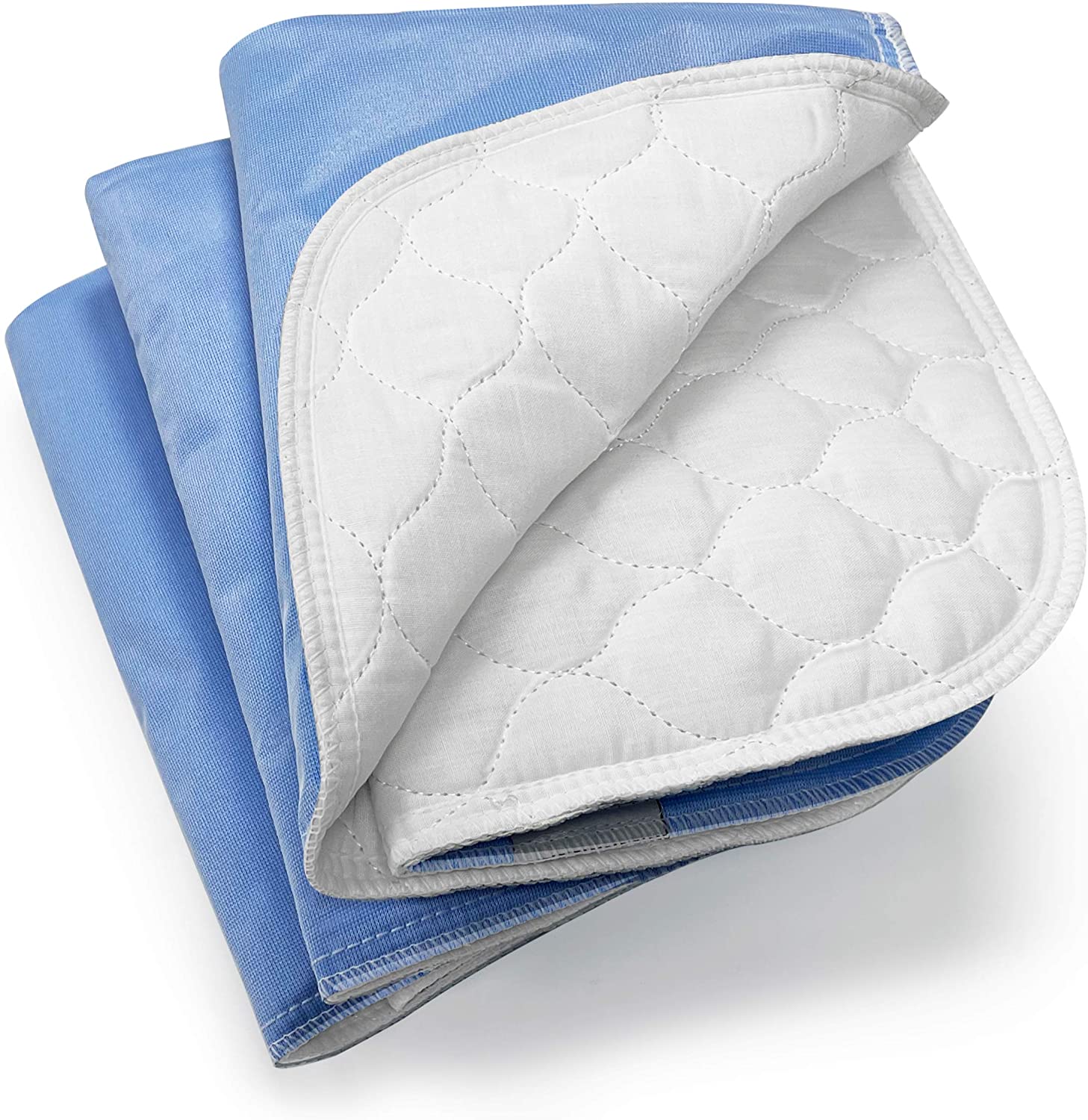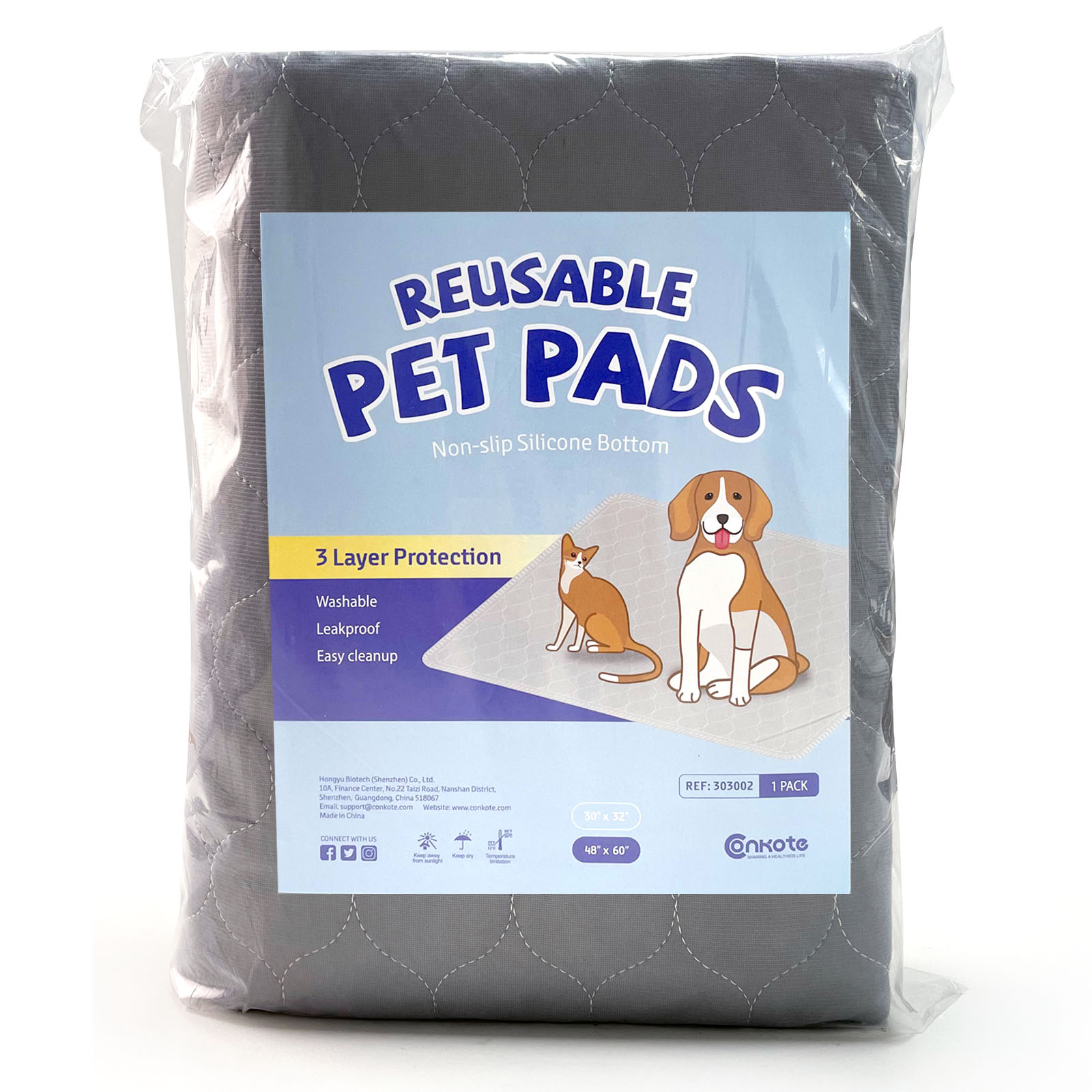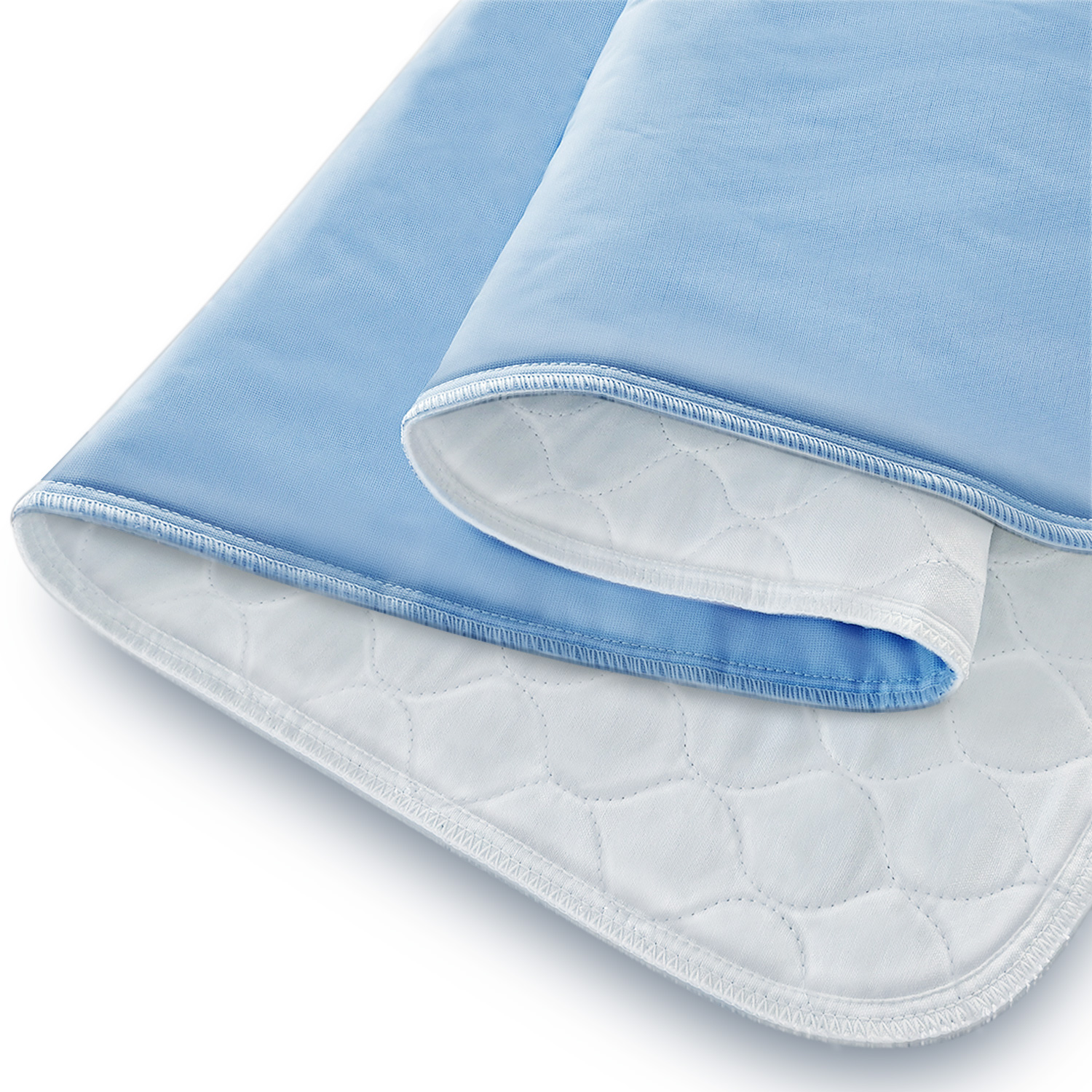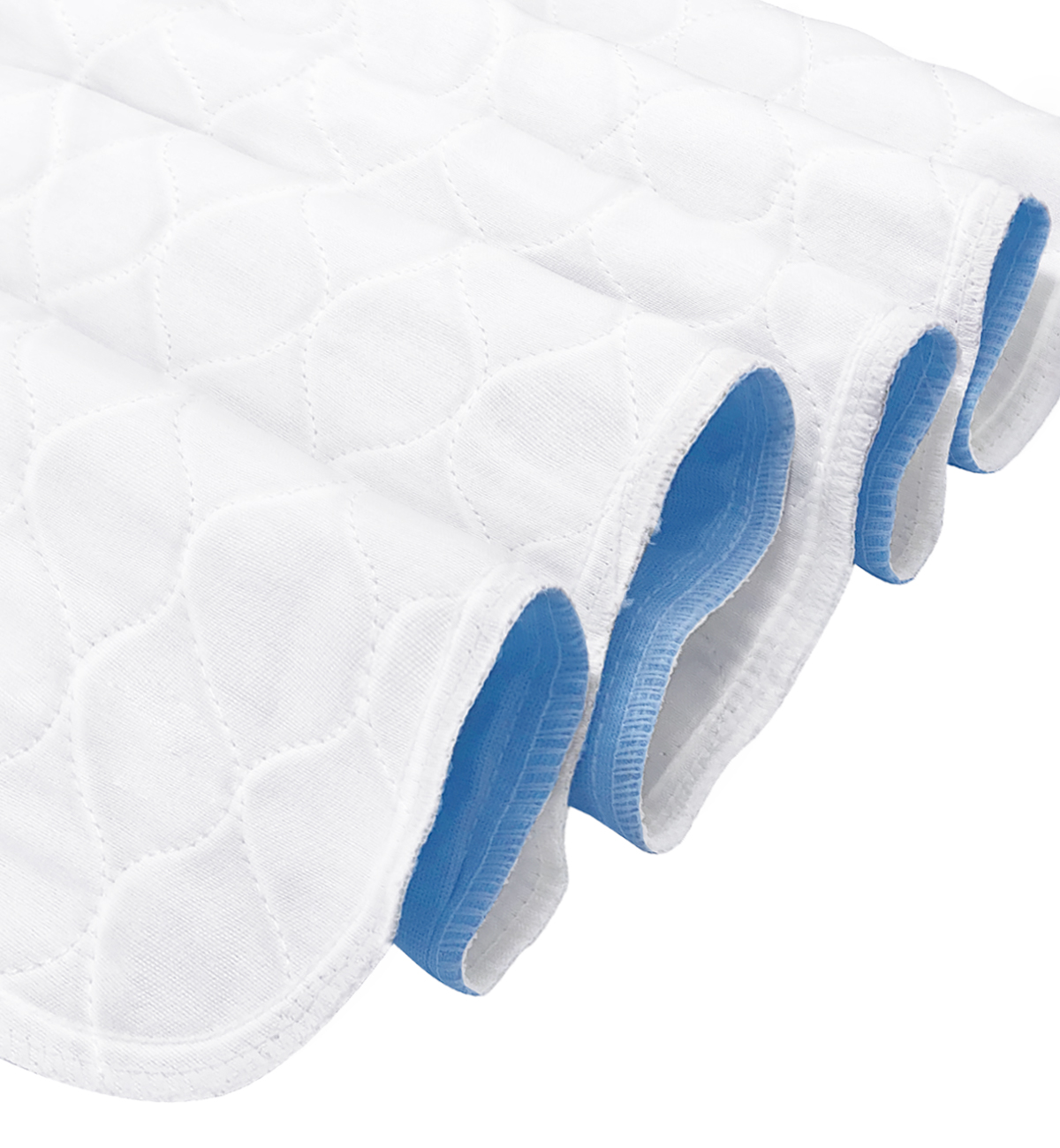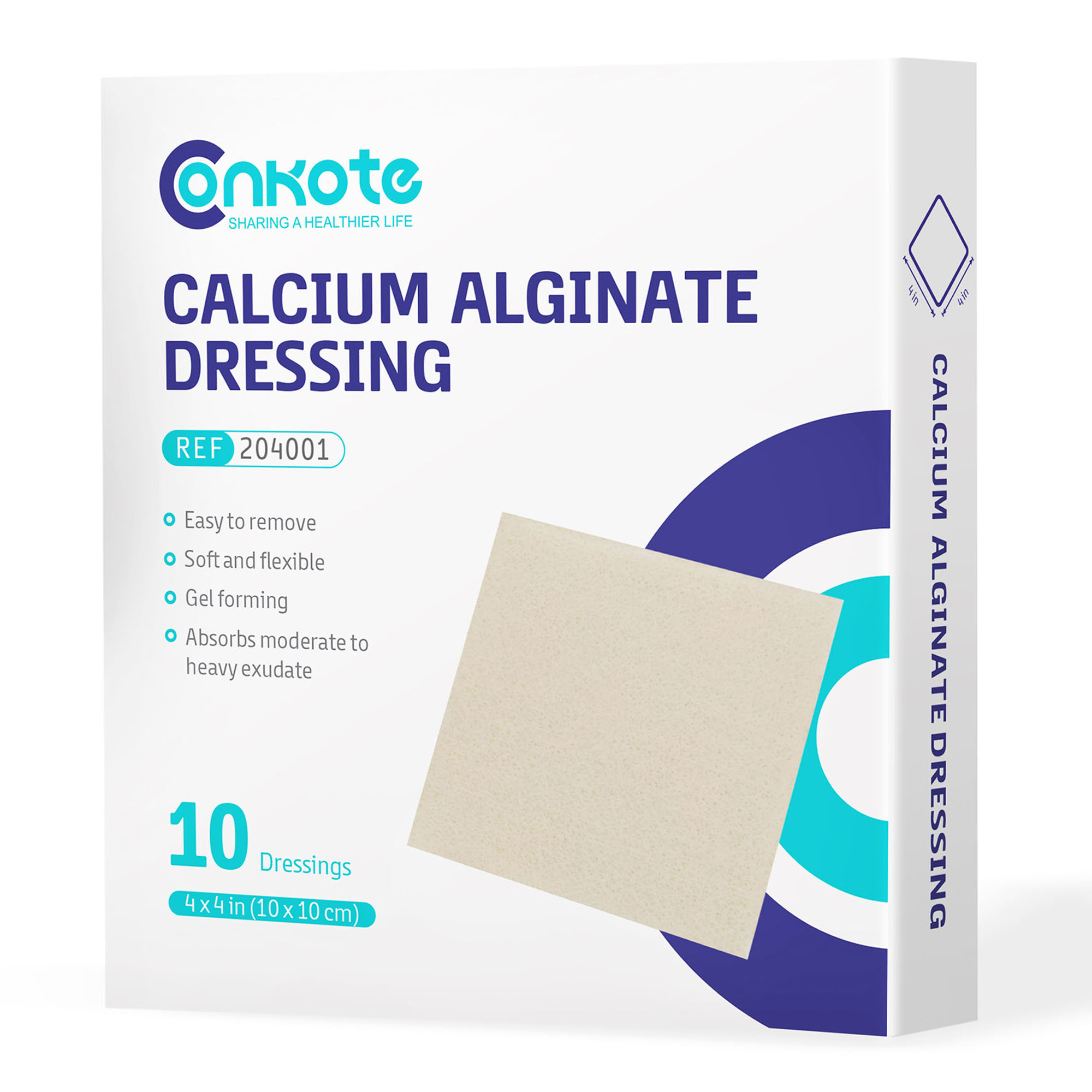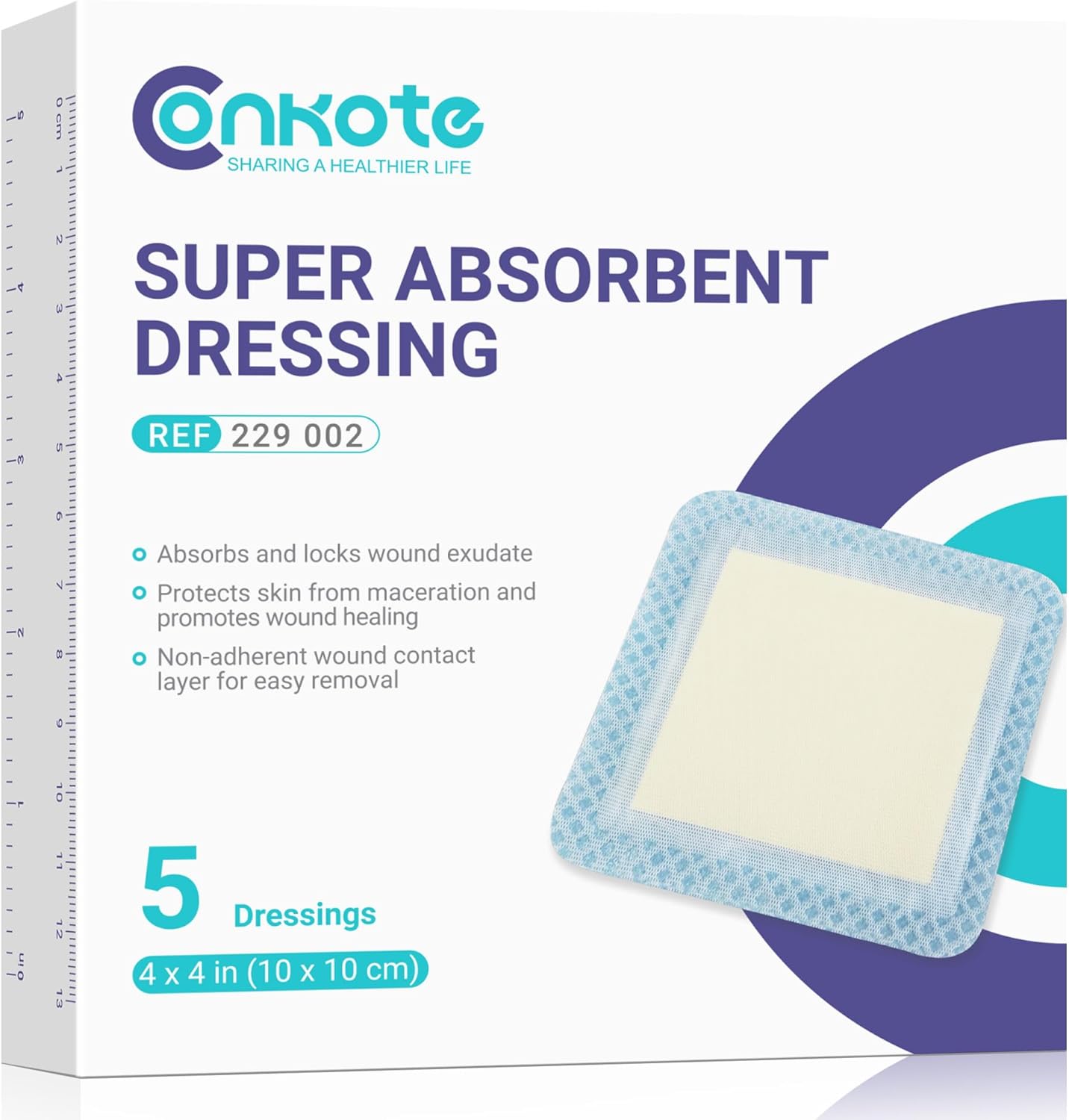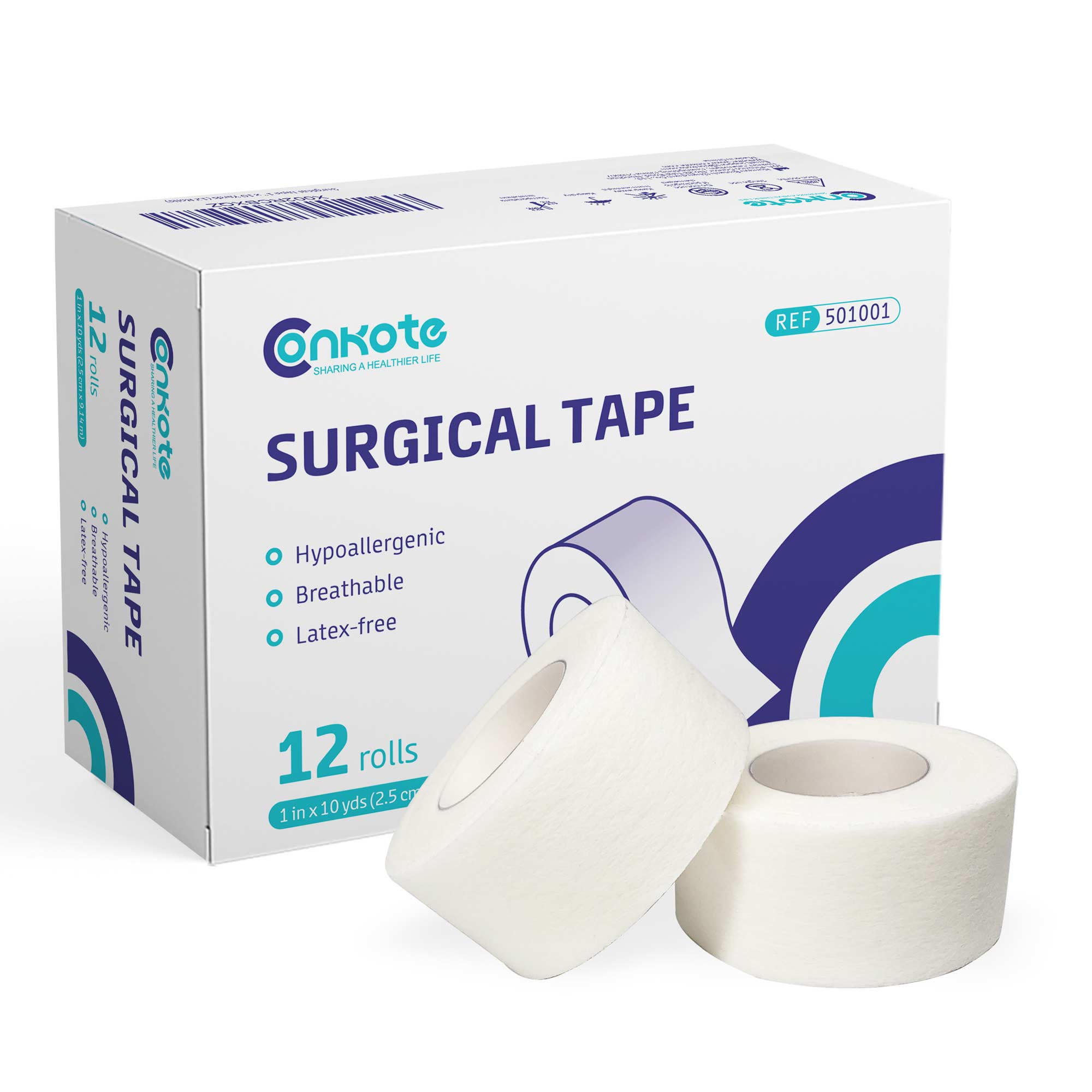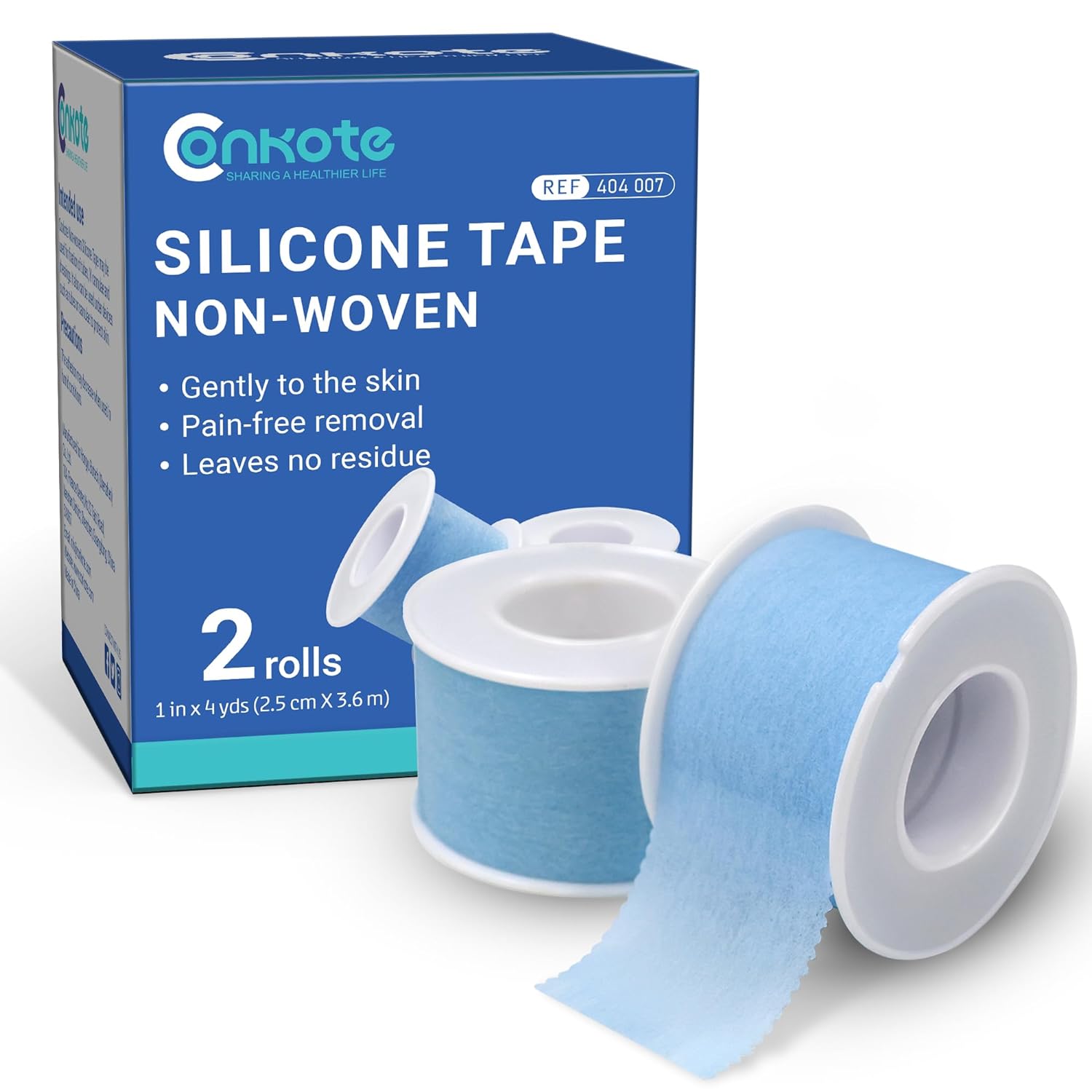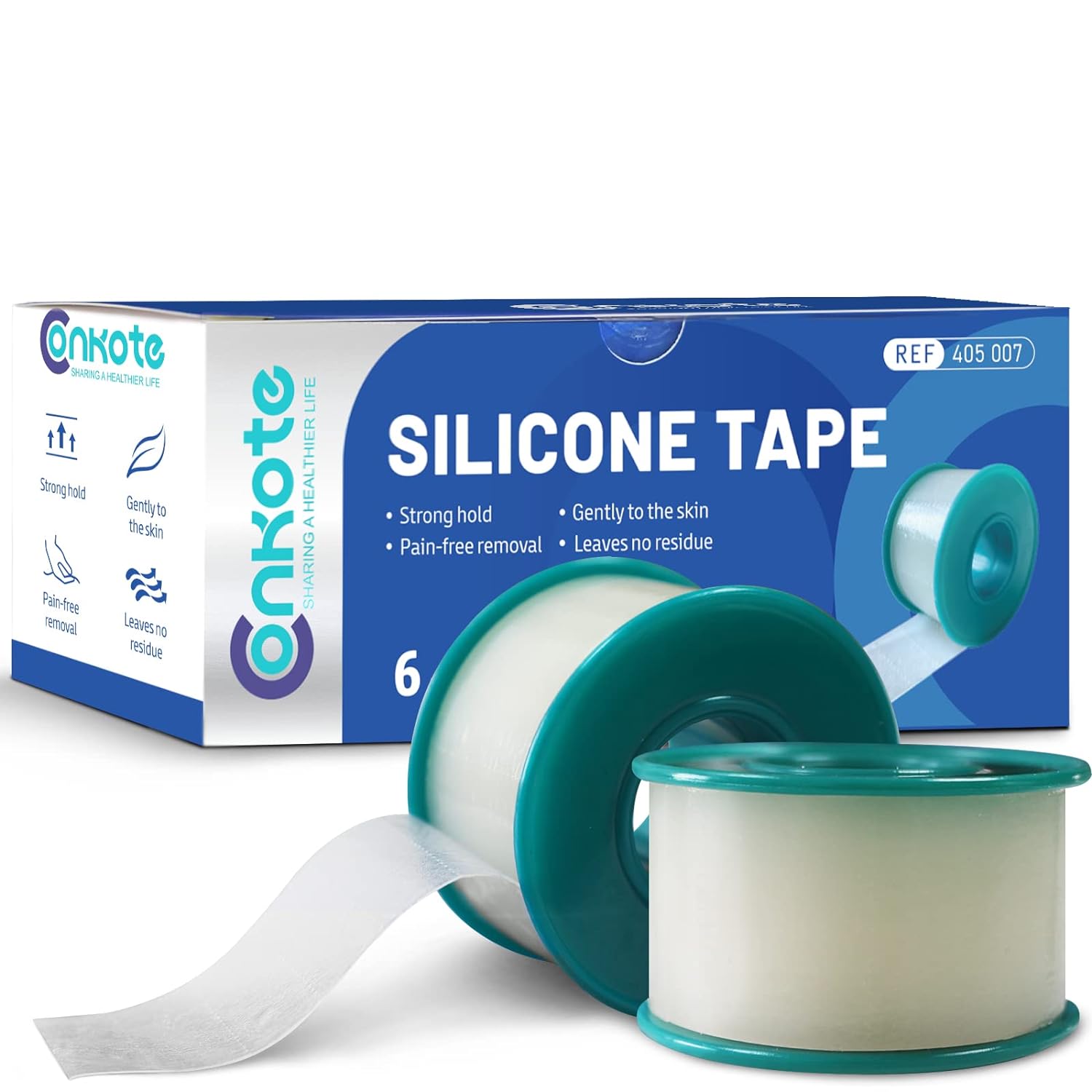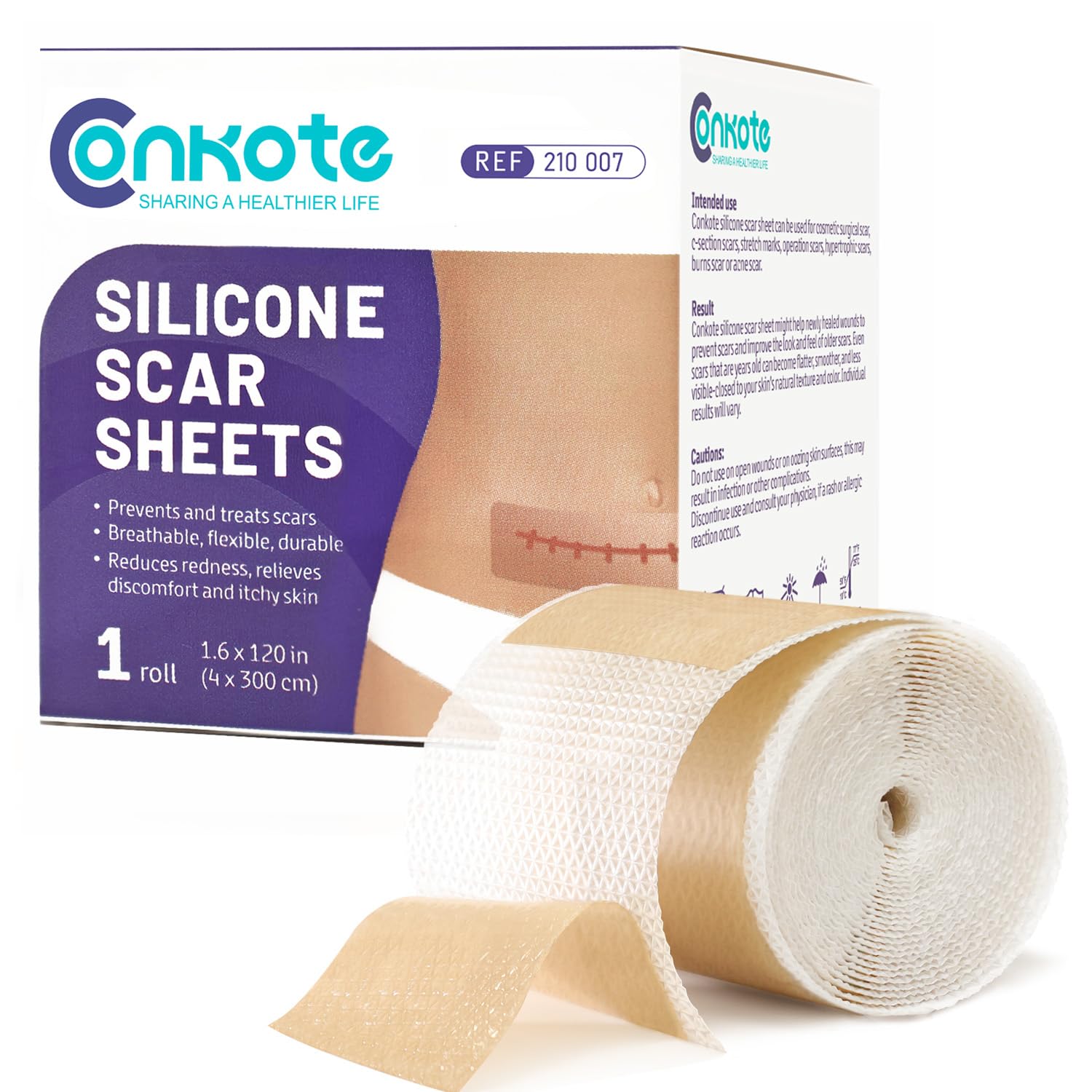10 Tips to Help You Care for Your Wounds
2024-05-14 2024-05-14 17:2810 Tips to Help You Care for Your Wounds
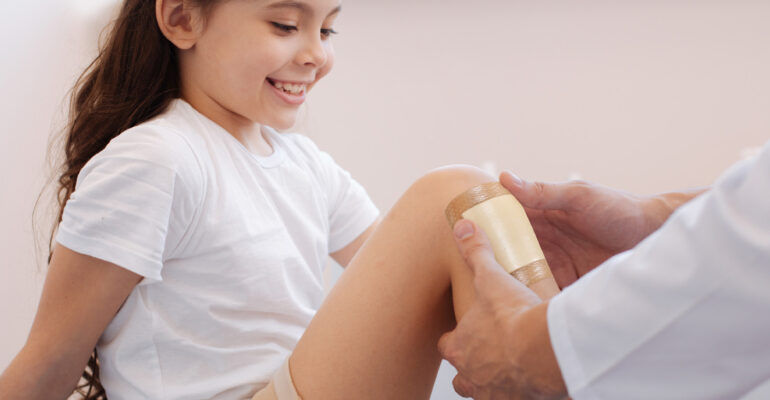
10 Tips to Help You Care for Your Wounds
Wounds are common and can be caused by many things, including an injury or surgery. Wounds can be superficial or deep. There are many types of wounds and a wide range of treatment options.
Wound healing is how a damaged tissue repairs itself after injury or trauma. The body’s ability to heal itself from wounds depends on how much time has passed since the injury occurred, how severe it was and how well you take care of your wound during the healing process. Here are some tips to help you with wound healing:
1. Always Cover Your Wound
Covering your wound with an appropriate dressing helps keep it clean while it heals, so you don’t have to worry about getting dirt or germs in it during daily activities like bathing or walking outside. It would help if you changed your dressing every few days, depending on how much drainage.
2. Try Preventing Scab Formation
Scabs on a fresh wound may increase the risk of scarring because they block oxygen from getting to the area and limit blood flow. To prevent scab formation, keep the wound clean and covered with a bandage or dressing.
Studies have shown that a moist environment facilitates the healing process of the wound by preventing dehydration and enhancing angiogenesis and collagen synthesis together with increased breakdown of dead tissue and fibrin. This improves the aesthetics of the wound, while decreasing pain.
Conkote silicone foam dressings are designed for moist wound healing. With its unique materials and 5-layer construction, it is designed to maintain proper moisture while providing a soft, comfortable feel that effectively protects and promotes wound healing.
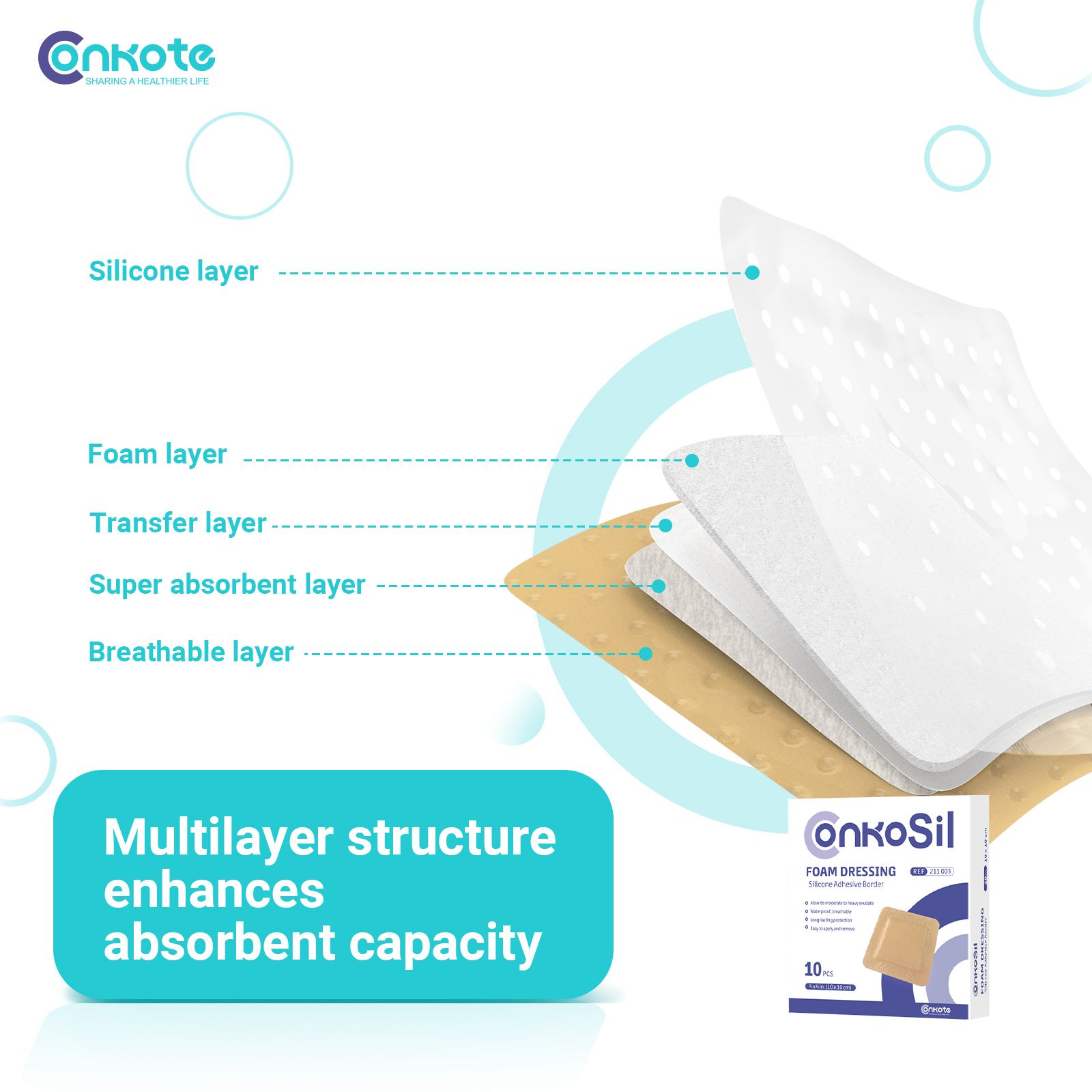
More information about this product can be found here: https://conkote.com/foam-dressing-silicone-adhesive-border/
3.Keep Your Blood Glucose Low
You can’t heal if you’re not eating. If you have diabetes, keeping your blood glucose low is essential for wound healing.
The body needs glucose to make energy. But some cells have another way of making energy without using glucose. These cells use ketones instead. Ketones are made when fat is broken down in the body. When there’s not enough sugar to use as fuel, these cells will start using ketones instead.
When you have diabetes, and your blood sugar isn’t under control, it can be hard to keep ketones in the correct range. This means that sometimes you may need more insulin or other medicines to help keep your blood sugar low enough, so your body uses what sugar it has, not what’s stored in your liver and muscles, as glycogen (stored sugar).
If you want fast healing from an injury or surgery, you must do everything possible to keep your blood glucose at normal levels until the healing process is complete.
4. Keep Your Wound Away From Water
Wounds that are fresh and moist are at risk for developing bacterial infections. The bacteria can enter the wound through a cut or tear in the skin. So it’s essential to keep your wound away from water as much as possible. This includes showers, baths, swimming pools, and even hot tubs. If you have an open wound on your foot or leg, avoid getting it wet when taking a shower or bath. Your doctor may recommend using an antibiotic cream instead of soap on your wound if it’s susceptible to water.
5. Quit Smoking
Quitting smoking is the single most important thing a person can do to help their wound healing. Smoking increases the risk of wound infection, slows healing, and makes the skin look unhealthy. It also increases the risk of developing other complications such as diabetes, heart disease, and lung cancer. If you smoke, you must quit as soon as possible. Here are some tips on how to stop smoking:
- Talk with your doctor about ways to stop smoking. Your doctor may suggest nicotine patches or gum or recommend joining a support group for people with addictions. Some people also find hypnosis helpful in quitting smoking.
- Make plans for how you’ll spend your time when you’re not smoking such as going for walks or taking up another hobbyso that you don’t feel bored and tempted by cigarettes when they’re gone from your life.
6. Use Clean Water to Dress Your Wound
Use clean water when wound dressing. Water that has been boiled for five minutes and allowed to cool down is better than tap water because it contains fewer bacteria and germs. If you have no other option, use tap water but make sure you clean your hands before touching the dressing or bandage on your wound.
Do not use scented products near your wound, as they may cause further irritation or infection. Use plain soap and water instead. Keep your wounds dry during the first 48 hours after an operation or injury because they are at risk of developing infections when they are open and exposed to air. After 48 hours, cover them with bandages or gauze pads soaked in antiseptic solutions such as iodine or Betadine, so they do not become too moist or wet while healing.
Keep your wounds covered with sterile bandages until they heal entirely unless instructed otherwise by your doctor or healthcare provider (for example, when treating burns).
7. Eat Lots of Proteins and Vitamins
If you have a wound that is in wound healing process, there are several things that you can do to help the process along. The first thing to do is to ensure that you have good nutrition. This means eating a balanced diet with plenty of protein and vitamins.
Protein is crucial because it helps build new tissue, while vitamins are essential because they help the body heal itself. The following vitamins will help with wound healing:
- Vitamin C: This vitamin helps wounds heal faster by boosting the production of collagen, the material that makes up connective tissue.
- Vitamin E: Vitamin E helps reduce inflammation and promotes healthy skin growth by reducing scarring.
- Vitamin A: Vitamin A helps promote cell growth and keeps your immune system strong.
8. Stay Well-Hydrated With Water or Other Unsweetened Beverages
Water and other unsweetened drinks are the best beverages to drink when you have a wound. The body needs water to help it heal. Water helps keep you well-hydrated and healthy. It also helps flush bacteria and waste products from your body.
Water can temporarily substitute clear liquids such as broth or soda pop, but you should only use it for a short period. If you drink too much water, it could flush out essential minerals that your body needs. You should only drink as much water as is necessary to prevent dehydration. Other unsweetened beverages include:
- Unflavored gelatin (not Jello)
- Milk, buttermilk, soy milk, and other low-fat dairy products (unless they contain sugar or artificial sweeteners).
9. Check for Any Signs of Infection
If your wound is not healing correctly, it may be infected. Signs of infection include redness around the wound, swelling, pain, and fever. If you see any of these signs, contact your doctor immediately for treatment.
10. Apply Antibiotic Cream
Apply antibiotic cream on your wound if it is deep enough to expose the skin. It helps prevent infections from developing in the wound and speeds up its healing process. You can buy antibiotic cream at any pharmacy without a prescription, but read its label for directions on how to use it properly.
Conclusion
Many factors affect the healing of open wounds. Healing time isn’t definite, but with all the right conditions and care, it will be close to that. Understanding what you need to do to aid wound healing is vital for getting your wound back to good health as soon as possible. Keep these tips in mind, get treatment for your wound, and you’ll notice an improvement in your wound’s condition soon enough.
If you want to learn more about silicone foam dressing, check out: https://store.conkote.com/product/conkote-ultra-absorbent-silicone-foam-dressing-with-border/
Conclusion
As one of the most serious complications of diabetes, diabetic foot is also one of the main causes of disability and death due to diabetes. With the increasing trend of complications, this will arouse the attention of all of us. Diabetic patients should carefully observe their feet every night before going to bed to check whether there are ulcers, redness and swelling on the skin surface of the feet. If abnormalities are found, they should be dealt with in time, or go to the hospital to listen to the doctor’s advice .
Search by Tags
advanced woundcare dressing Bedsores Blood Blood donation chronic decrease Chronic Wound comprehensive guide Conkosil Diabetes diabetes foot diabetes prevention Diabetes,Foot Problems,wound Diabetic foot dog training donation dor pee pads Easy Tips First aid health health life Home Care Ionic Silver Dressin Innovative Technology for Wound Care Lesions Measure a Wound medical tape Moist Wound Healing Negative pressure wound therapy papertape pet care Pressure Ulcers puppy pee pads Self-Adhesive Bandage Skin care tape Tobacco traditional wound care dressing World No Tobacco Day Wound care wound dressing wound healing wound infection wound materials woundmaterials wound type wound vac





